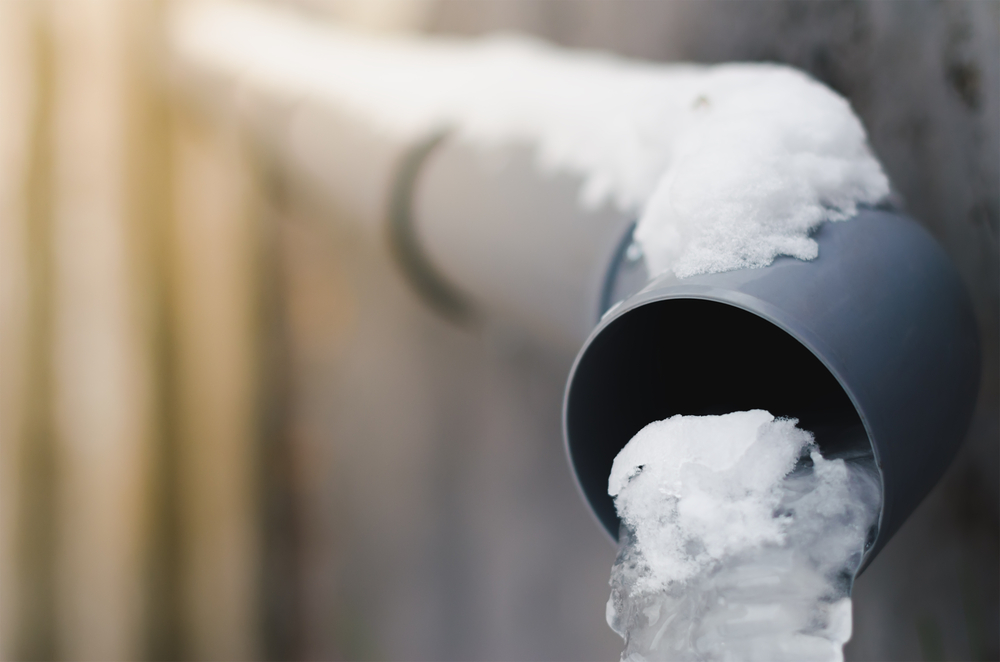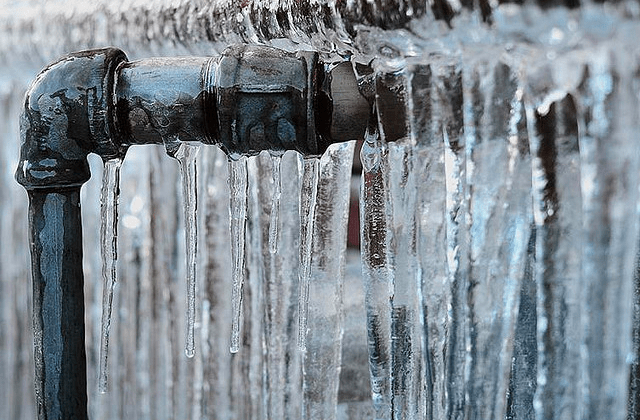Protect Against Frozen Plumbing in Cold Weather: Expert Strategies
Protect Against Frozen Plumbing in Cold Weather: Expert Strategies
Blog Article
The article which follows pertaining to How to Prevent Your Pipes From Freezing is immensely informative. You should check this stuff out.

Winter can damage your plumbing, especially by freezing pipes. Right here's how to stop it from occurring and what to do if it does.
Intro
As temperature levels decrease, the risk of icy pipelines boosts, potentially causing expensive repair services and water damages. Understanding how to stop frozen pipes is vital for property owners in cold climates.
Prevention Tips
Insulating susceptible pipes
Wrap pipelines in insulation sleeves or make use of warm tape to safeguard them from freezing temperatures. Concentrate on pipes in unheated or exterior locations of the home.
Heating methods
Maintain indoor areas effectively heated, especially locations with pipes. Open cupboard doors to allow warm air to distribute around pipes under sinks.
Just how to determine frozen pipes
Seek reduced water flow from faucets, unusual smells or sounds from pipelines, and noticeable frost on exposed pipelines.
Long-Term Solutions
Structural adjustments
Take into consideration rerouting pipelines away from outside wall surfaces or unheated areas. Include extra insulation to attic rooms, basements, and crawl spaces.
Upgrading insulation
Buy top notch insulation for pipelines, attics, and wall surfaces. Correct insulation helps preserve regular temperature levels and minimizes the threat of frozen pipelines.
Securing Outdoor Pipes
Garden tubes and exterior faucets
Separate and drain pipes garden tubes prior to winter season. Set up frost-proof spigots or cover outdoor faucets with shielded caps.
Comprehending Frozen Pipelines
What triggers pipelines to ice up?
Pipes freeze when revealed to temperatures below 32 ° F (0 ° C) for prolonged durations. As water inside the pipes ices up, it expands, putting pressure on the pipeline walls and possibly creating them to break.
Risks and damages
Frozen pipelines can bring about water disruptions, residential or commercial property damage, and pricey repair work. Ruptured pipelines can flooding homes and cause considerable structural damage.
Indications of Frozen Water Lines
Recognizing frozen pipelines early can prevent them from breaking.
What to Do If Your Pipelines Freeze
Immediate actions to take
If you suspect frozen pipes, keep faucets open to ease pressure as the ice melts. Utilize a hairdryer or towels soaked in hot water to thaw pipelines gradually.
Final thought
Stopping frozen pipes needs aggressive procedures and fast feedbacks. By comprehending the reasons, indications, and safety nets, house owners can protect their pipes during winter.
5 Ways to Prevent Frozen Pipes
Drain Outdoor Faucets and Disconnect Hoses
First, close the shut-off valve that controls the flow of water in the pipe to your outdoor faucet. Then, head outside to disconnect and drain your hose and open the outdoor faucet to allow the water to completely drain out of the line. Turn off the faucet when done. Finally, head back to the shut-off valve and drain the remaining water inside the pipe into a bucket or container. Additionally, if you have a home irrigation system, you should consider hiring an expert to clear the system of water each year.
Insulate Pipes
One of the best and most cost-effective methods for preventing frozen water pipes is to wrap your pipes with insulation. This is especially important for areas in your home that aren’t exposed to heat, such as an attic. We suggest using foam sleeves, which can typically be found at your local hardware store.
Keep Heat Running at 65
Your pipes are located inside your walls, and the temperature there is much colder than the rest of the house. To prevent your pipes from freezing, The Insurance Information Institute suggests that you keep your home heated to at least 65 degrees, even when traveling. You may want to invest in smart devices that can keep an eye on the temperature in your home while you’re away.
Leave Water Dripping
Moving water — even a small trickle — can prevent ice from forming inside your pipes. When freezing temps are imminent, start a drip of water from all faucets that serve exposed pipes. Leaving a few faucets running will also help relieve pressure inside the pipes and help prevent a rupture if the water inside freezes.
Open Cupboard Doors
Warm your kitchen and bathroom pipes by opening cupboards and vanities. You should also leave your interior doors ajar to help warm air circulate evenly throughout your home.

Hopefully you enjoyed our post on Prevent Frozen Pipes . Many thanks for spending some time to browse our blog post. Sharing is good. One never knows, you might be helping someone out. I am grateful for your time. Please visit our blog back soon.
Click Here Report this page